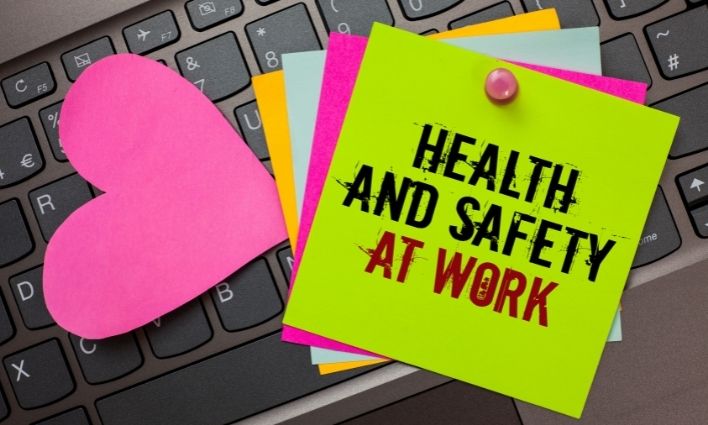IOSH Managing Safely
Need to know more?
We understand you may still have further questions, in which case please get in touch with us, either call 01473 551911, or click here
The IOSH Managing Safely Course is a comprehensive health and safety course tailored for managers and supervisors. It equips participants with the necessary skills and knowledge to identify and manage workplace risks effectively.
Covering key topics like risk assessment, incident investigation, and legal compliance, the course empowers learners to proactively create a safe and healthy working environment. By completing IOSH Managing Safely Course, individuals can confidently take charge of health and safety responsibilities, protecting their teams and contributing to overall organisational well-being.
This course is unlike any other. You’ll find a practical programme full of step-by-step guidance, and with a sharp business focus. But you’ll also find that the highly innovative format and content engage and inspire delegates – critical to getting essential safety and health messages across.
Who is the Course For?
IOSH Managing Safely is for managers and supervisors in any sector, and any organisation. It’s designed to get managers up to speed on the practical actions they need to take to handle safety and health in their teams.
Syllabus
- Introducing Managing Safely
- Some managers may see safety and health as an add-on to their role – even an intrusion. The first module makes it clear that managers are accountable for their teams, and makes a persuasive case for managing safely.
- Assessing risks
- This module defines and demystifies ‘risk’ and ‘risk assessment’. Risk assessments and a simple scoring system are introduced, and delegates carry out a series of assessments.
- Controlling risks
- Here the session tackles cutting down risks, concentrating on the best techniques to control key risks, and how to choose the right method.
- Understanding responsibilities
- This module looks at the demands of the law and how the legal system works, and for those who do not have strict guidelines or laws, there is guidance and placeholders to fill with relevant information, and introduces a safety and health management system.
- Understanding hazards
- All the main issues any operation has to deal with are covered in this module – aggression and violence, asbestos, bullying, chemicals, computer workstations, confined spaces, drugs and alcohol, electricity, fire, getting in and out, heights, housekeeping, lighting, manual handling, noise, plant and machinery, radiation, slips and trips, stress, temperature, vehicles and
transport, and vibration.
- All the main issues any operation has to deal with are covered in this module – aggression and violence, asbestos, bullying, chemicals, computer workstations, confined spaces, drugs and alcohol, electricity, fire, getting in and out, heights, housekeeping, lighting, manual handling, noise, plant and machinery, radiation, slips and trips, stress, temperature, vehicles and
- Investigating incidents
- The session starts with why incidents should be investigated, and goes on to cover why things go wrong, and how to carry out an investigation when they do.
- Measuring performance
- This module explains how checking performance can help to improve safety and health. Delegates learn how to develop basic performance indicators, and get to grips with auditing and proactive and reactive measuring.
Prerequisite
There are no formal prerequisites for an IOSH Managing Safely course.
Course Duration
22 contact hours
Good Skills Training normally deliver this course over 3-days, 09:00 – 17:30
Awarding Body
Qualification Code
Delivery Type
Face-to-face
Maximum Learners Per Tutor
Assessment Method
The IOSH Managing Safely course has two assessments – a multiple-choice exam and a risk assessment project. You must pass both sections to get the qualification. Anyone can take the IOSH Managing Safely course, whether you’ve got health and safety experience or not.
Re-Qualification
The IOSH Managing Safely certificate does not have an expiry date, however IOSH do recommend that you take a refresher course every three years to keep your knowledge up to date.
Booking a course
To see our list of public courses, and book your place please click here.
To enquire about an inhouse course, please click here.



